
Elastomers Used by LiteTek
Ethylene Propylene Rubber (EPDM)
Ethylene Propylene Rubber possesses excellent resistance to ozone, sunlight and weathering, and has very good flexibility
at low temperature. Commonly used as windscreen seals in automotive applications for its excellent weathering properties.
Avoid contact with petrochemicals.
|
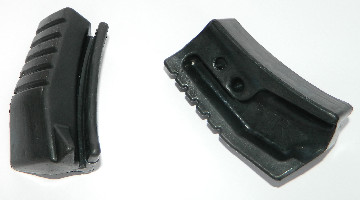
|
Hydrogenated Nitrile(HNBR)
|
Hydrogenated Nitrile(HNBR) is a synthetic polymer that is obtained by saturating the double bonds in nitrile-butadiene segments
with hydrogen, and it is also called HSN(Highly Saturated Nitrile). HNBR possesses superior heat, ozone, chemical resistance and
mechanical characteristics over standard Nitrile.
|
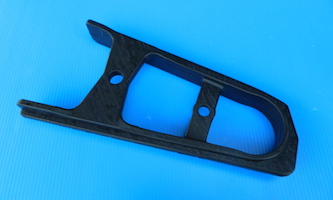
|
Fluorocarbon (FKM)
|
Fluorocarbon is a well- known high performance rubber, and especially it has excellent resistance to high temperature, ozone,
weather, oxygen, mineral oil, fuels, hydraulic fluids, aromatics and many organic solvents and chemicals.
|
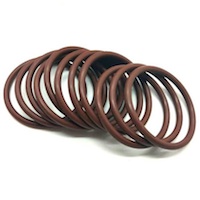
|
Flourosilicone (FVMQ)
|
FVMQ offers excellent low-temperature flexibility and good resistance to fuel and aromatic mineral oil. It is usually applied in contact
with jet and automotive fuels, most solvents, and engine oil especially in aerospace industry.
|
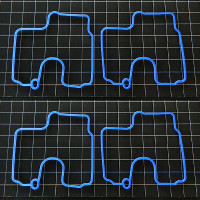
|
Silicone (VMQ)
|
Silicones have excellent heat, ozone and corona resistance, very well dielectric stability, and resistance to many oils, chemicals, and solvents. And for all elastomers, silicones possess the best flexible property at low temperature.
|
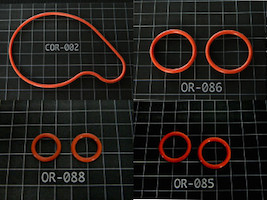
|
NBR-PVC Blend
|
Nitrile-butadiene rubbers (NBR) are fully compatible with (plasticized) polyvinyl chloride (PVC) and therefore can be compounded together to produce homogenous blends (alloys) with superior properties. The PVC portion provides increased ozone, flame and weathering resistance, whereas the NBR portion provides good abrasion and chemical resistance including oil, fuels, and other nonpolar compounds.
|
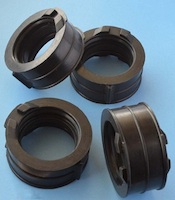
|






